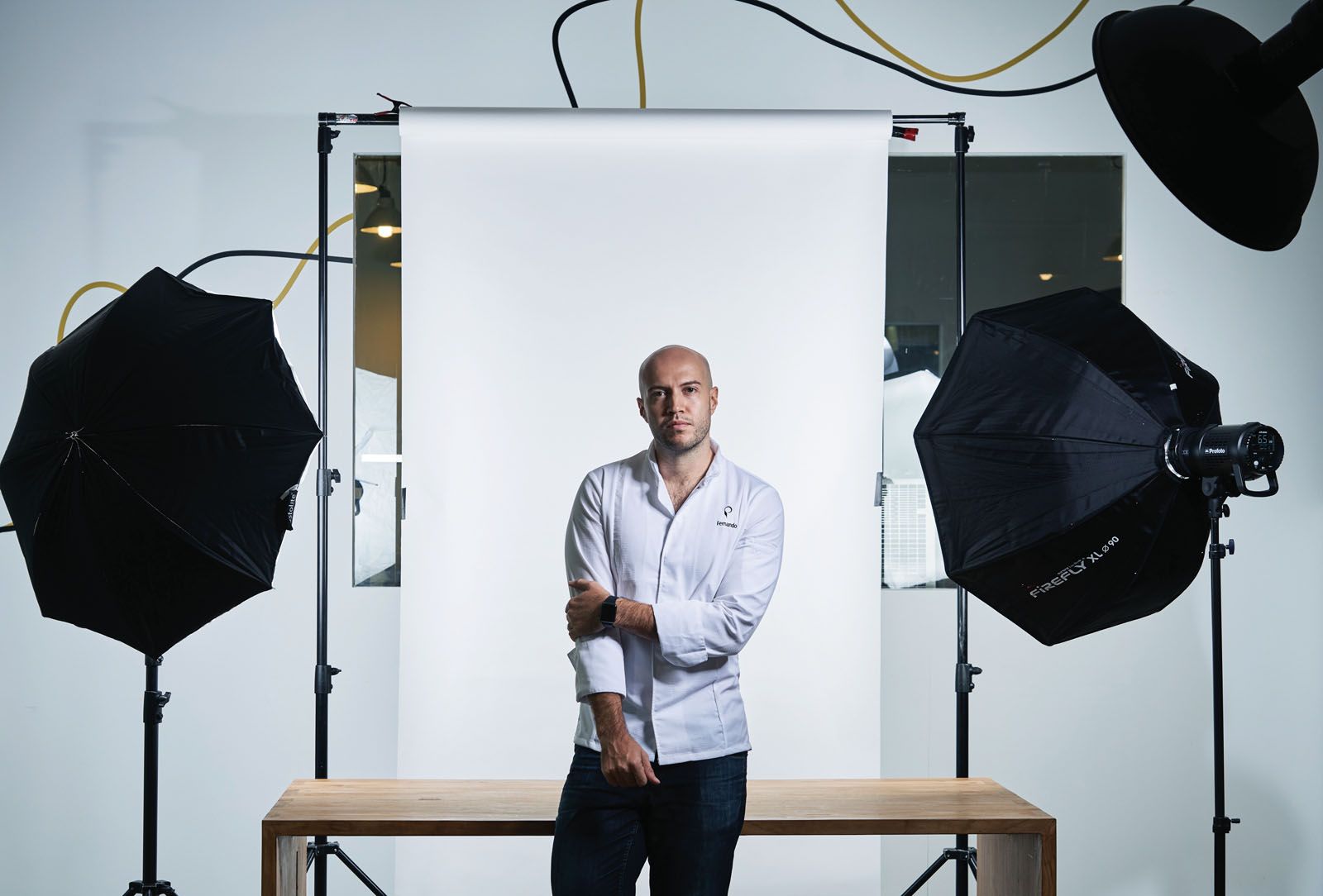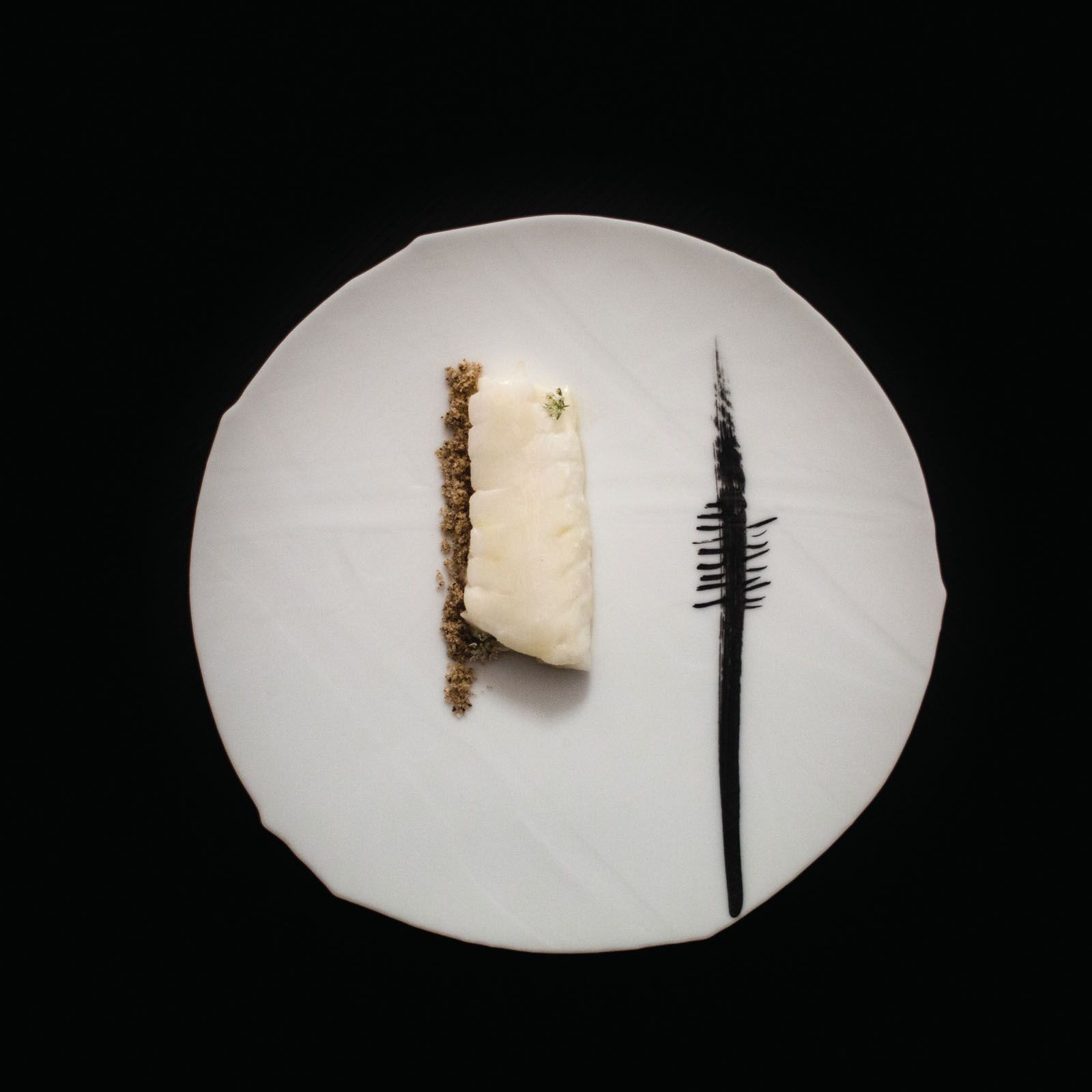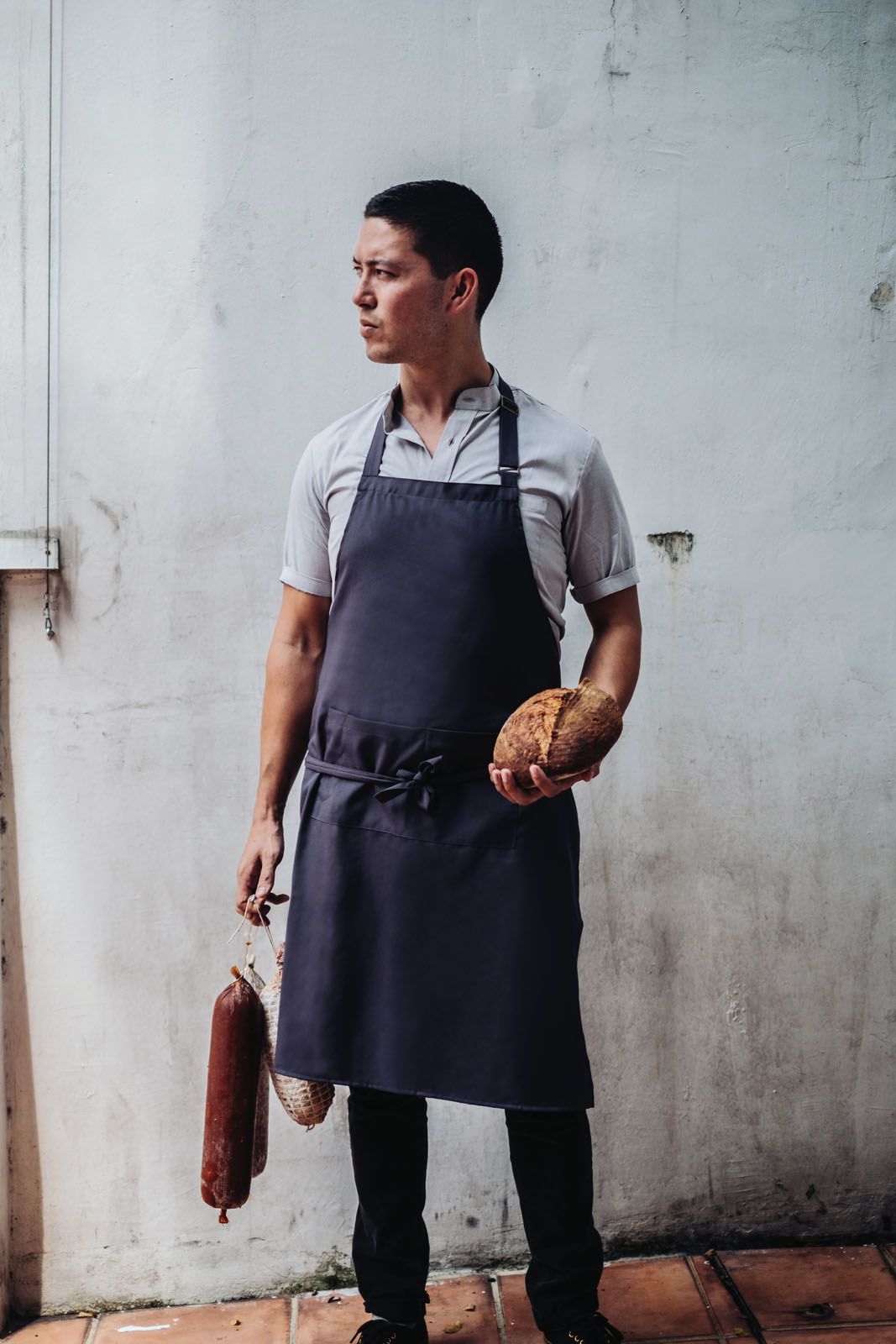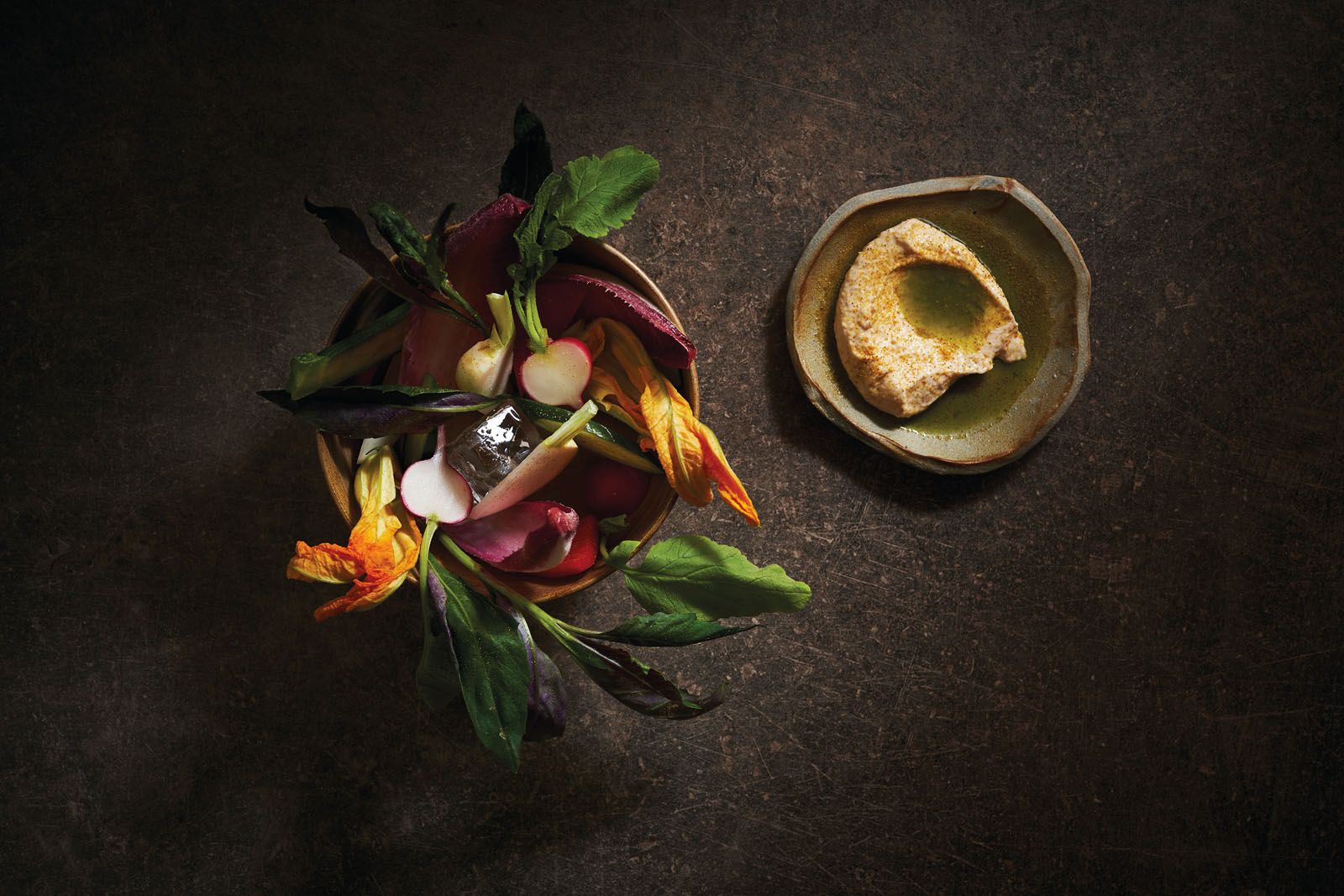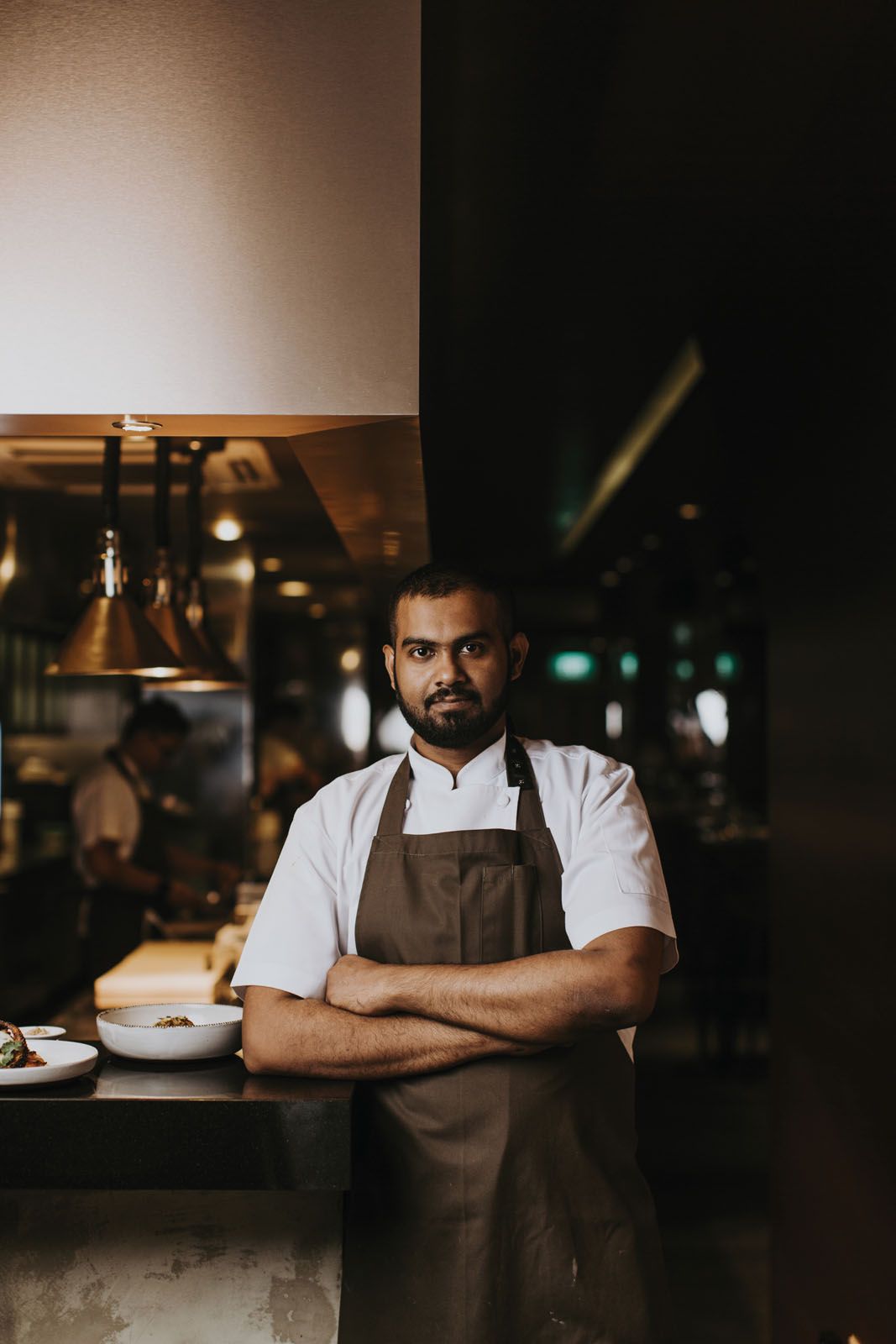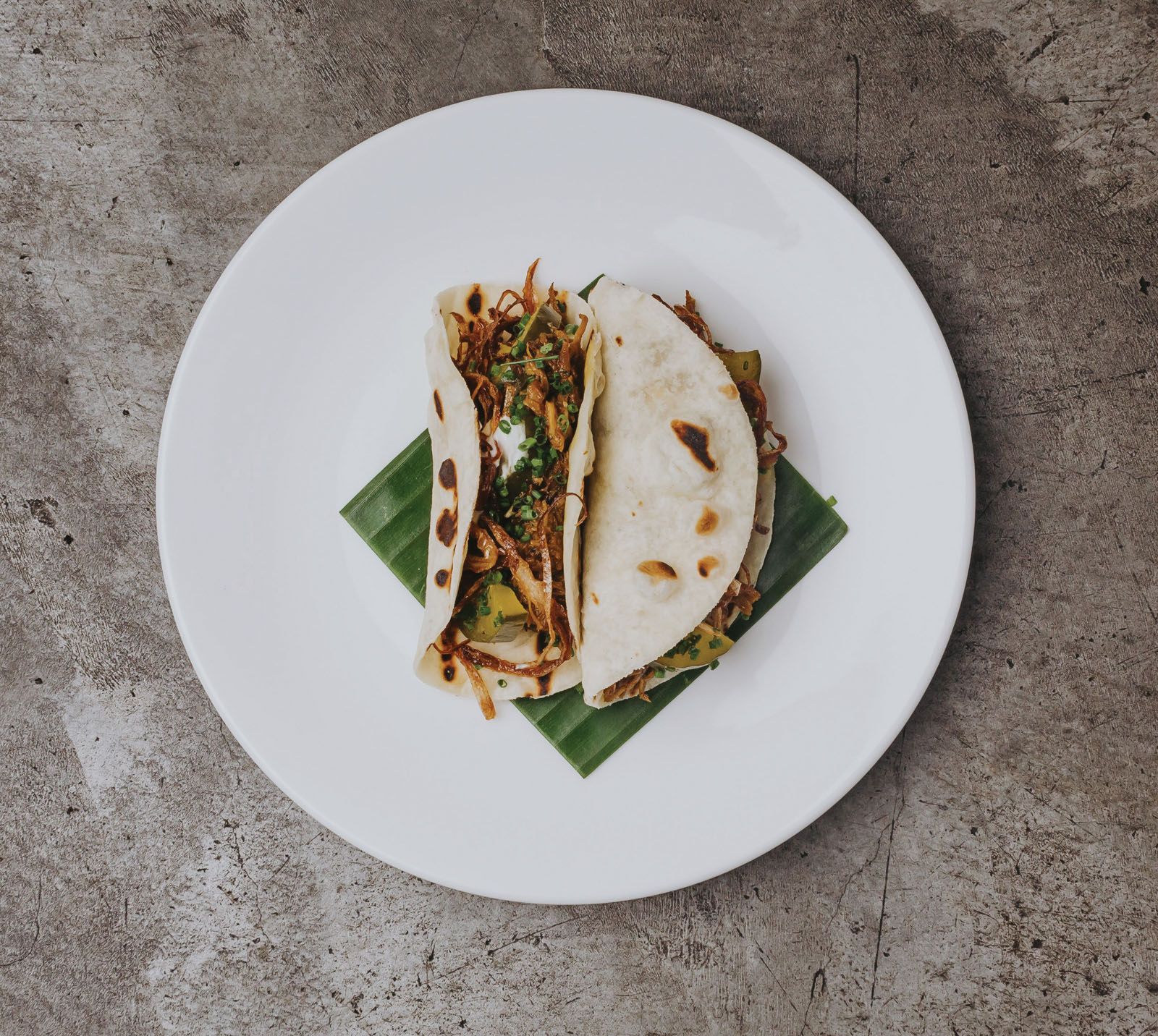Young, ambitious and helming their first restaurants, three rule-breaking chefs tell us what makes them so different from the pack
There’s nothing easy about running a successful restaurant business, especially in a competitive market like Singapore. Its variety when it comes to cuisine styles is internationally renowned, but that only makes it harder for consumers here to choose or, for that matter, frequent a favourite restaurant while finding time to try out new ones. On the bright side, the market’s fertile blend of concepts and cuisines is the ideal breeding ground for talented young chefs looking to blaze their own trails.

The likes of Ivan Brehm of Nouri, whose “crossroads cooking” style—a personal celebration of our shared culinary heritage—has earned him an even larger band of fans, not to mention a Michelin star within the first year of opening and a spot on this year’s Asia’s 50 Best list. Embracing creative diversity has also made it possible for chefs like Shigeru Koizumi of Esora to proffer a brave and genuine expression of contemporary Japanese fare and to shine—earning it the Best New Restaurant accolade at last year’s T.Dining Best Restaurants Awards. We spotlight more talents who stand out amid strong competition.

